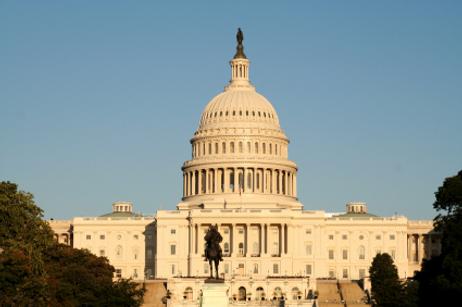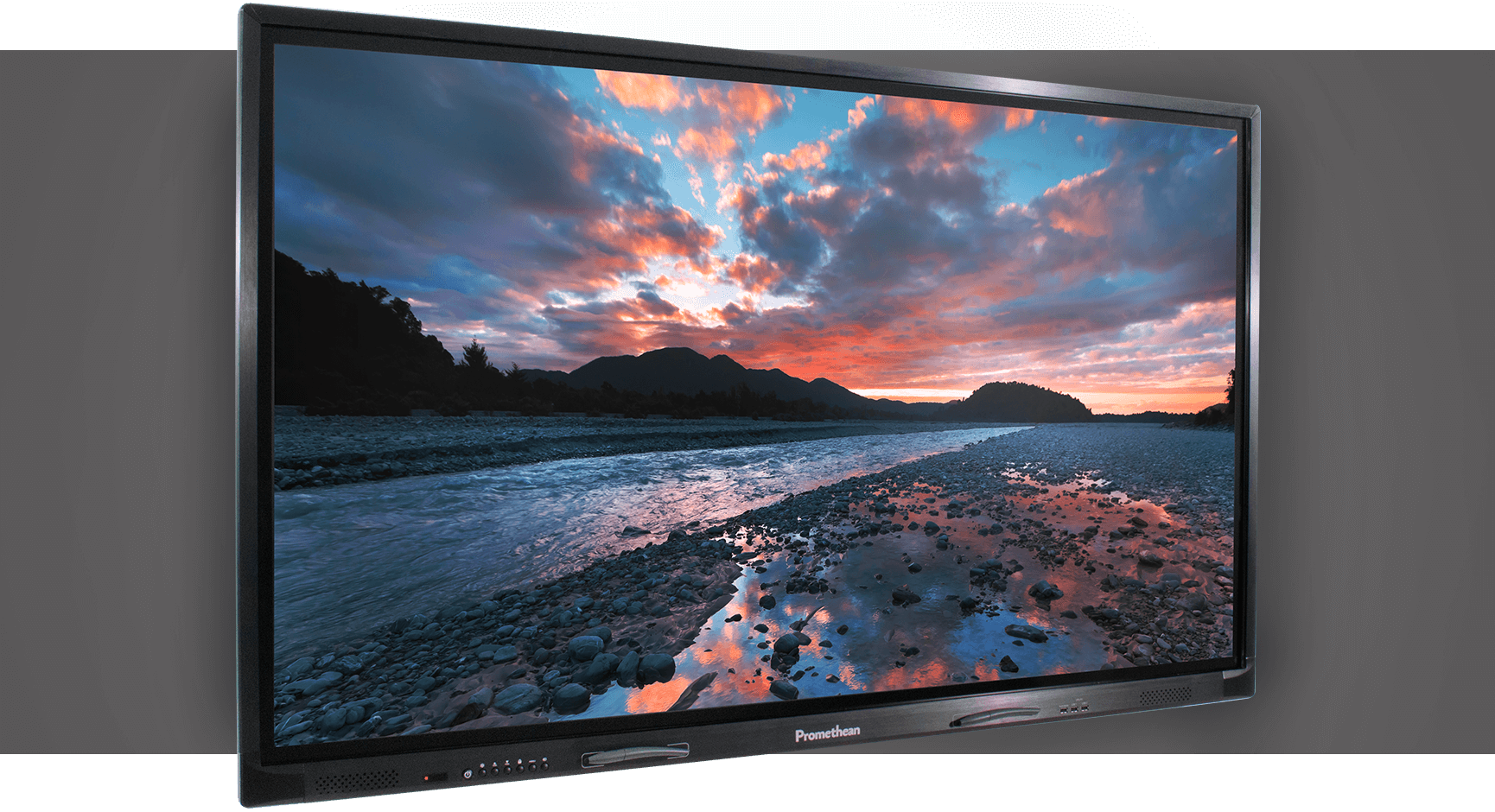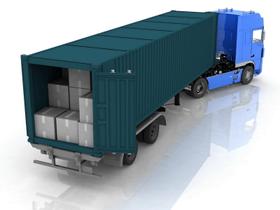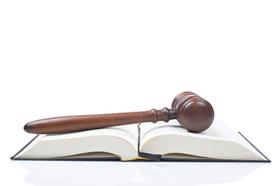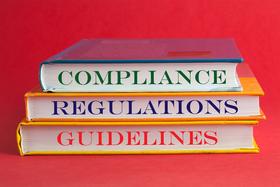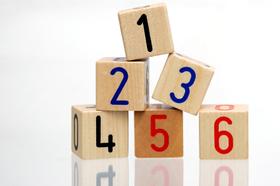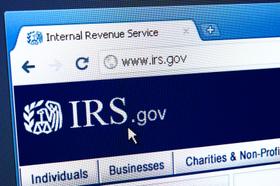Is your child struggling in school? Are you not understanding why she is having difficulty learning in a classroom setting? Does she hate going to school instead of wanting to go eagerly every day? Are her teachers requesting conferences with you to discuss the situation? These and many other signs should alert you to the fact that you need to give your child some extra attention. As one parent to another, I can tell you that admitting that your child has learning differences or special needs is not an easy thing to deal with. We had to deal with this situation ourselves. One child had great difficulty reading. Another had serious problems with mathematics. I will focus on the more common learning differences such as ADHD and dyslexia in this article. Special needs encompass a wide range of syndromes, some of which we will examine in companion articles.
At the first sign that their child has a learning difference, many parents panic and withdraw into a state of denial. That may help you. But it will not help your child. Your child's teachers know what to look for. The signs of a child with learning issues are fairly obvious, as a rule. While teachers may not know how to treat the disorder professionally, they are trained to alert both parents and the school administration when they suspect that your child has a learning issue.
Public schools must implement Individualized Education Programs (IEP) for students with


